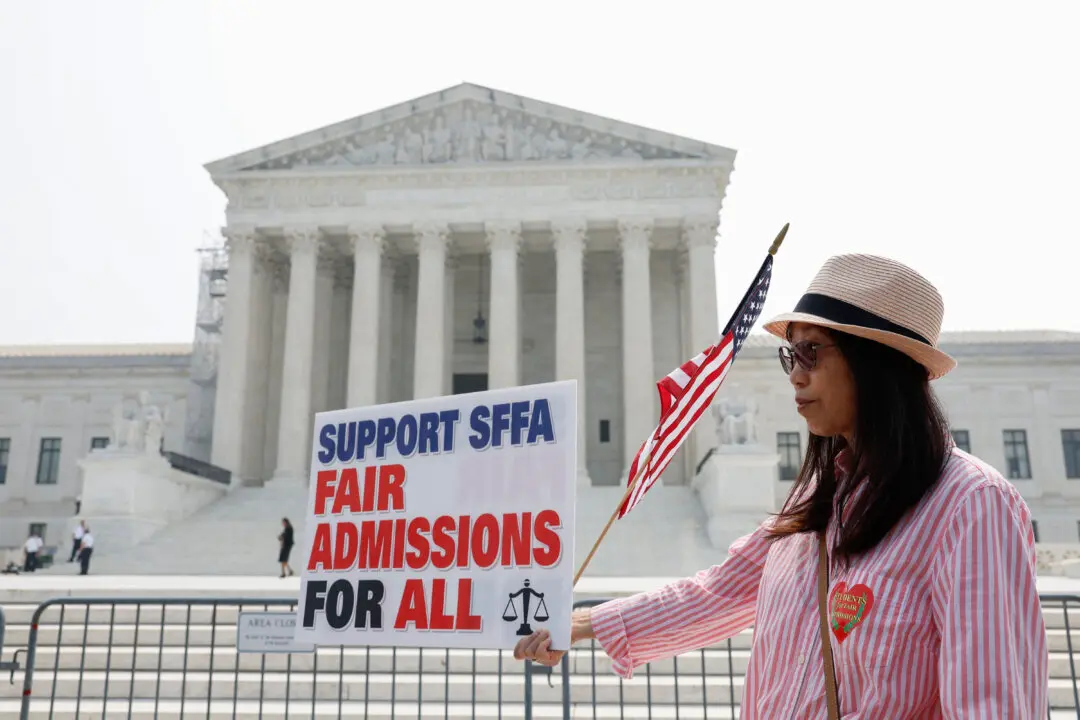Commentary
Last week, the Supreme Court took a stand for justice. In a pair of decisions, the Court banned the longstanding process of “affirmative action” (a euphemism for racial preferences) in the college admissions process.

Last week, the Supreme Court took a stand for justice. In a pair of decisions, the Court banned the longstanding process of “affirmative action” (a euphemism for racial preferences) in the college admissions process.